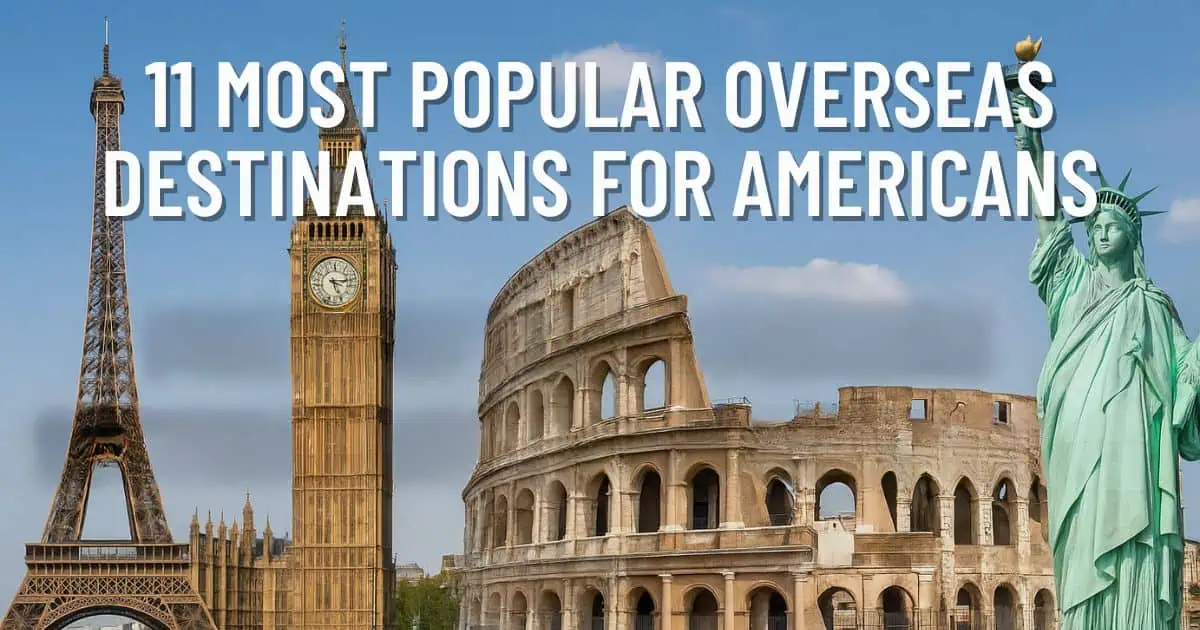You can bring nuts on a plane, but most airlines would recommend avoiding doing so due to nut allergies being fairly common.
Nuts make a great snack option on a flight journey. With most airlines having discontinued their in-flight service of peanuts as a snack, it isn’t uncommon to pack some of your own to munch on during your journey.
But then, have you wondered, ‘Can you bring nuts on a plane?’
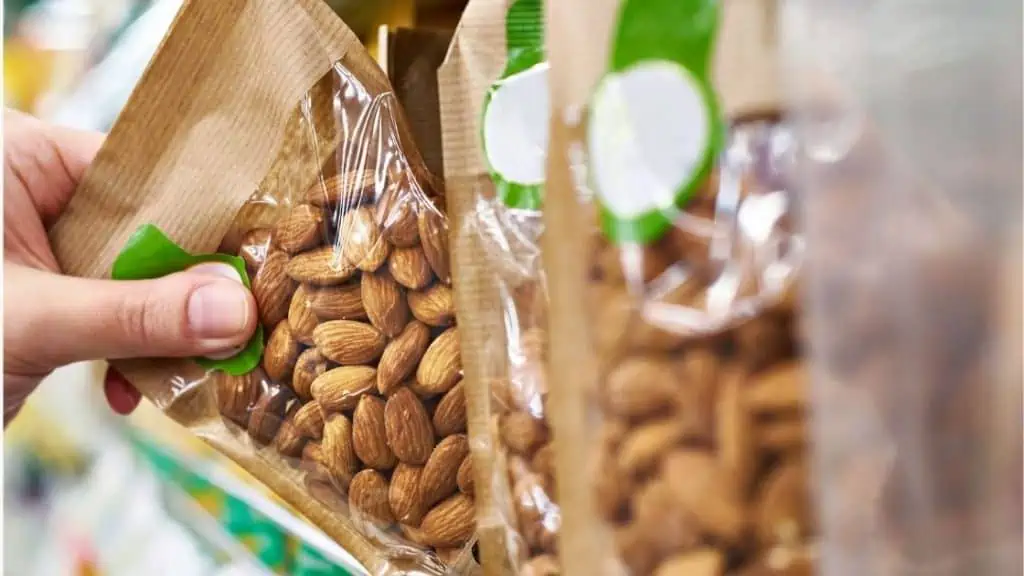
The Quick Answer: Can you take nuts on a plane? TSA permits any quantity of solid or dried food products, including nuts, on board.
Let’s look into more about carrying nuts with you while traveling on a plane.
Contents
Can You Take Nuts Through Airport Security?
If you’ve been thinking of packing some nuts in your carry-on bag, you’ll be glad to know that the TSA permits nuts through airport security.
This includes any type of nut, including peanuts, brazil nuts, hazelnuts, pine nuts, macadamia nuts, pistachios, cashews, almonds, pecans, and walnuts.
However, as with most other foods, powders, or similar materials, you must be prepared to separate the nuts from your bag for inspection by the TSA officers. Therefore, it’s best to keep your bag organized and uncluttered for a hassle-free screening.
Since there’s no specified limit on the number of nuts you can bring, you can pack as much as you want in your carry-on bag within the permitted hand baggage weight limits.
If the nuts aren’t in the original packaging, ensure you wrap or place them in an air-tight container or a resealable bag.

Can You Pack Nuts in Checked Bags?
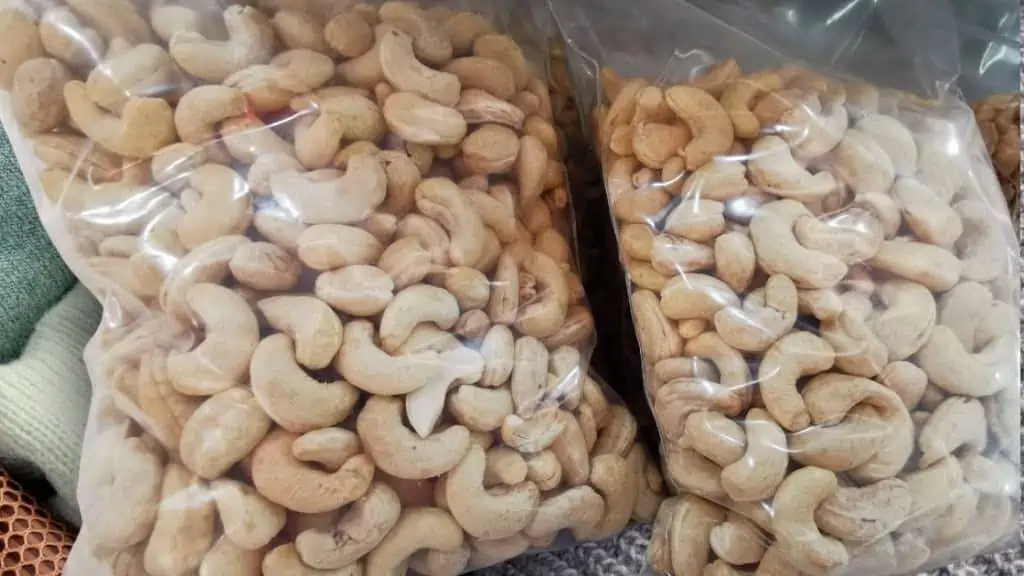
You can put nuts in your checked baggage, and with no specified limit on how much you can pack, so you can pack as much as you like.
This TSA rule applies to any flight you board within the United States.
Can You Bring Nuts on A Plane Internationally?
The TSA authority applies to all travel to and from the USA and not beyond it. So while you may pack nuts in your carry-on and checked luggage for your international flight departing from the US, rules may differ at the destination you’re flying to.
Bringing nuts in your carry-on for eating during your journey should be fine. The TSA rules are the same for all domestic and international flights.
However, it would be best to check the customs rules of your destination about bringing nuts with you. Most foreign countries permit it, but the nuts may have to be unopened and commercially packed upon arrival in some countries.
Even if they are permitted, when entering some countries if you fail to mention on the customs and immigration form that you have nuts you may receive a fine.
Watch out if flying into Australia. Their Customs are very strict on bring foods into Australia.
Can You Bring Nuts on an International Flight to the USA?
You can take nuts that have been oven-dried, roasted, steamed, boiled, cooked, pureed, or ground on your flight from any foreign country to the US. However, raw nuts are subject to inspection and may be permitted if the shells have been removed.
Despite nuts being permitted by the TSA, you must declare them to the U.S. Customs and Border Protection (CBP), like all other food items, regardless of whether they’re allowed or not. A CBP agent may even ask to inspect the same, for which you’ll need to cooperate.
Remember that the CBP conducts routine random screenings at arrivals; failing to declare food items, including nuts, could attract steep penalties.
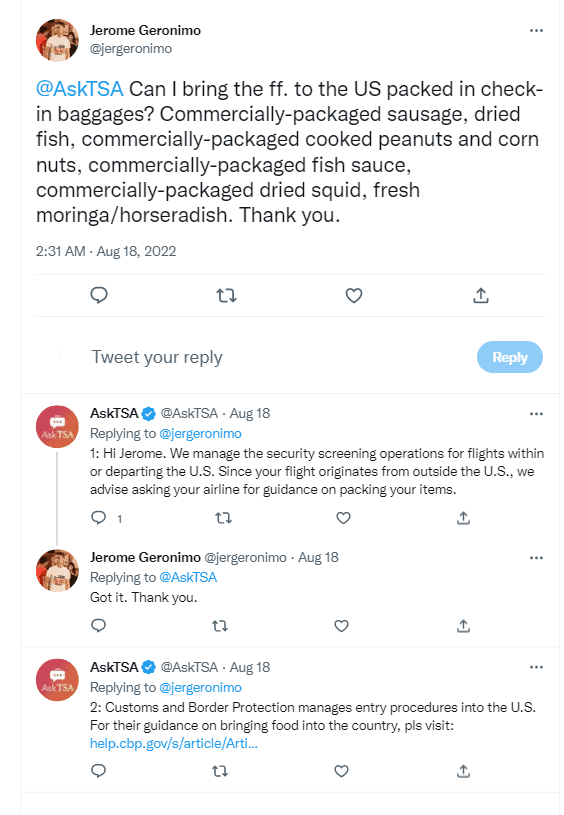
Can You Eat Nuts on a Plane?
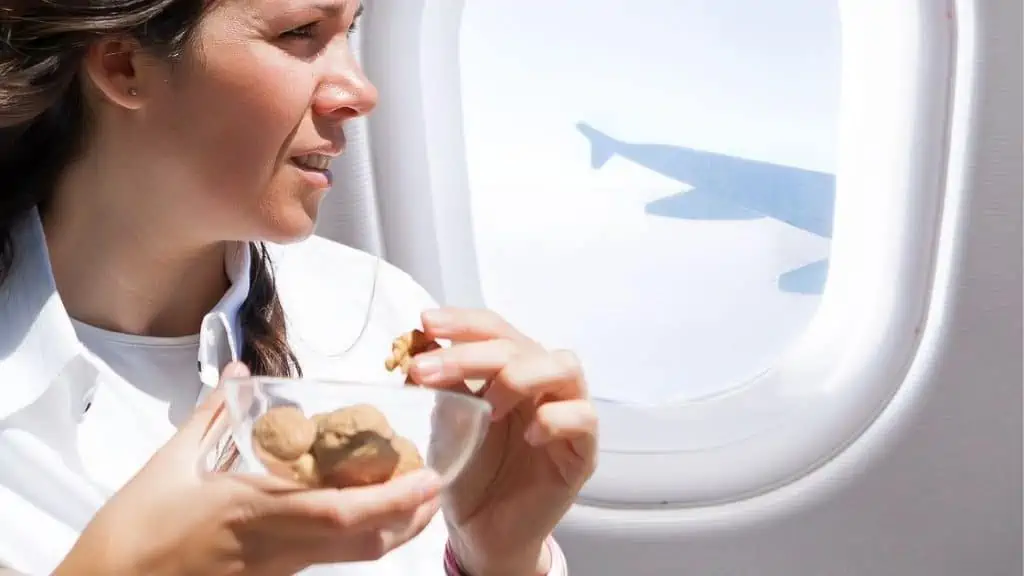
If you have brought nuts in your carry-on through airport security, you can eat them on your plane journey.
I have been on a number of flights where the flight attendants have made an announcement at the start of the flight that there was a passenger on the flight with a severe nut allergy so no-one should eat any nuts or food containing nuts during the flight.
Several airlines have discontinued serving snack nuts (like peanuts) in flight to protect nut allergy sufferers. Some are even going as far as addressing food items containing nuts to keep their flights nut free.
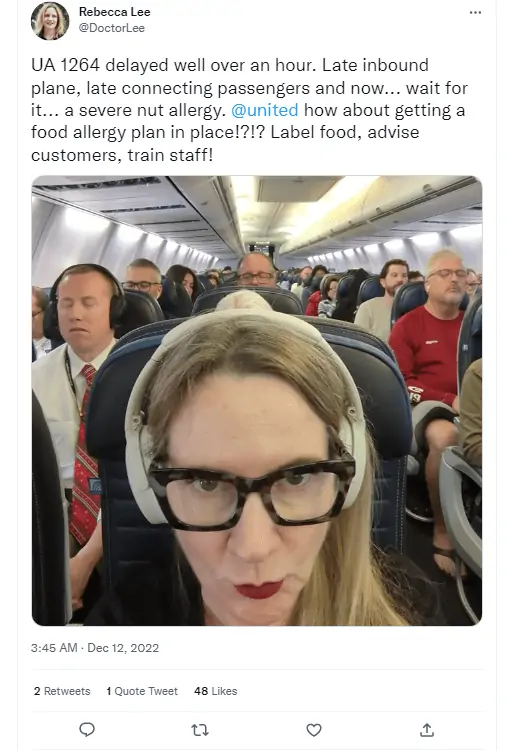
Can You Bring Nut Butters on a Plane?

You might fancy bringing along any nut butter like peanut butter, almond butter, cashew butter, hazelnut butter, soy nut butter, or walnut butter with you for some in-flight snacking.
However, since the TSA considers nut butter a liquid, the liquids rule applies. Therefore, you can only bring it within a capacity of 3.4 ounces (100 ml) per item and pack it in a quart-sized bag in your hand luggage.
If you’d like to bring more than 3.4 ounces of nut butter, you’ll have to pack it in your checked luggage.
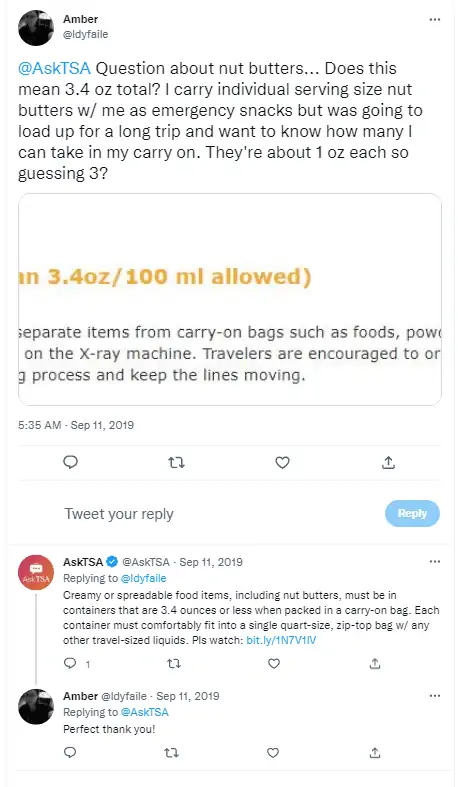
What if you have a nut allergy?

If you’re allergic to any particular nut, apart from avoiding bringing it with you for your travel, you could also take the following precautionary measures:
- Inform the airline well in advance (at least 48 hours before the flight) about your allergy.
- Bring your food and snacks since some airlines provide meals with nuts in them.
- Keep extra medication handy, including inhalers, epinephrine auto-injectors, antihistamines, etc.
- Maintain an anaphylaxis emergency care plan for reference of anyone who might have to attend to you in an allergy-related emergency.
- Pack EpiPens in your hand luggage for easy access.
- Wear a protective mask for added safety, preventing many air-borne allergies.
- Wear a medical alert band to alert people that you have an allergy.
- Keep alcohol-free hand sanitizer wipes to wipe down your seat, armrest, tray table, buttons, and other surfaces during pre-boarding.
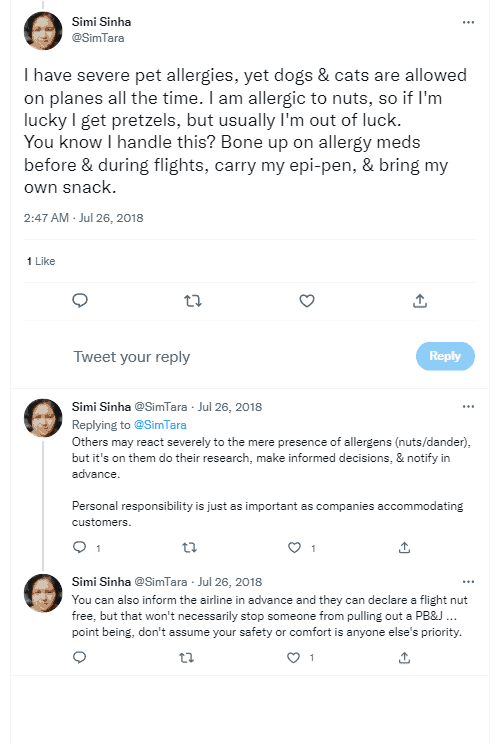
Summary
While you can most definitely bring any variety of nuts on a plane, you must be wary of any nut allergies you or any co-passengers might have.
Consider any other snack options that are nut-free to be on the safer side when you travel. Nobody would want to have a nut-related health emergency mid-air!
Other Airport Security Articles
Wanting to carry different food items is common for your air travel. Here are some other food-related airport security articles that you’d probably want to read:
- Can You Bring Chips on a Plane?
- Can You Bring Snacks on a Plane in Your Carry On?
- Can You Bring Candy on a Plane?
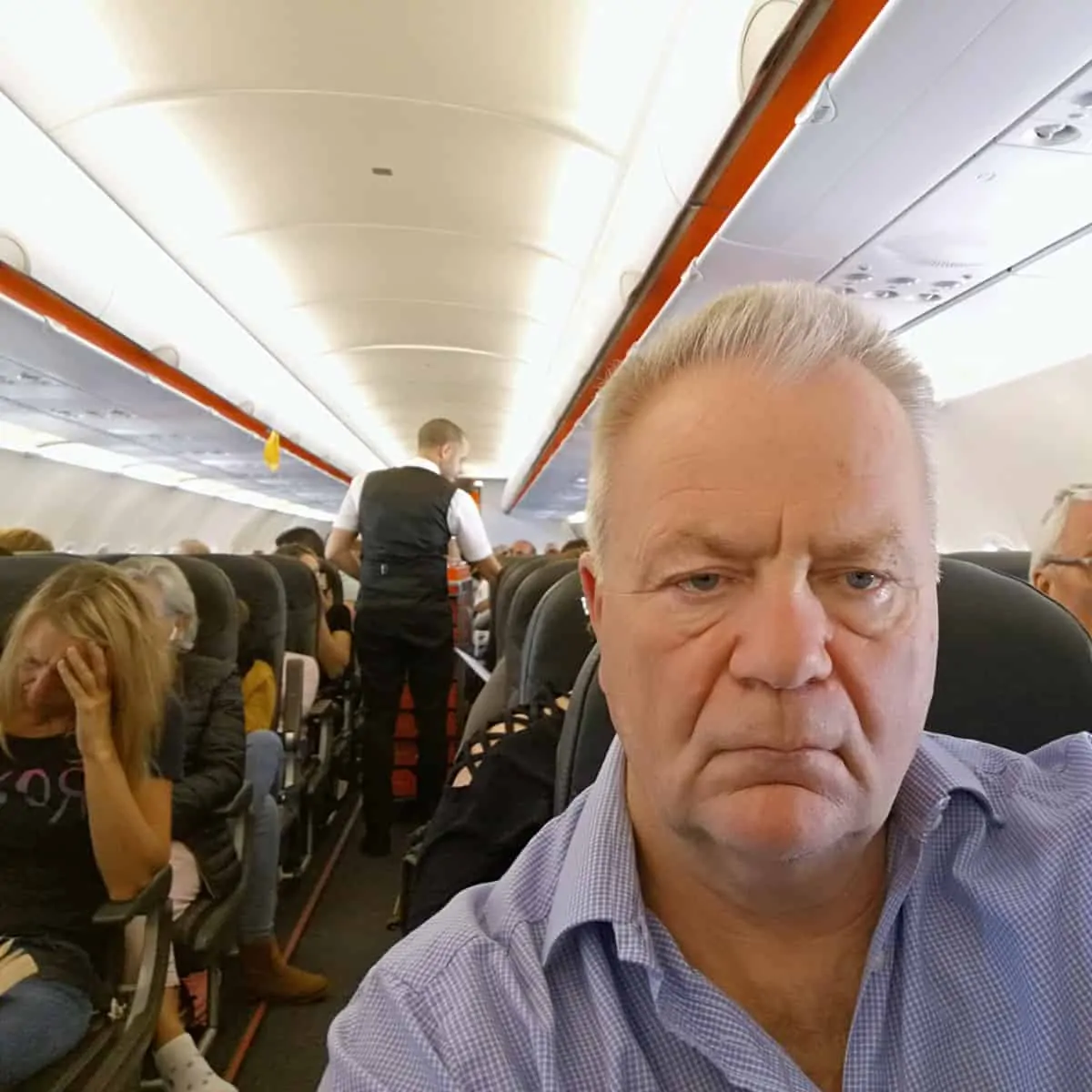
I have been traveling around the world by air since the early 70s and living overseas too. I worked for British Airways for a number of years and I am also a private pilot. About Me

